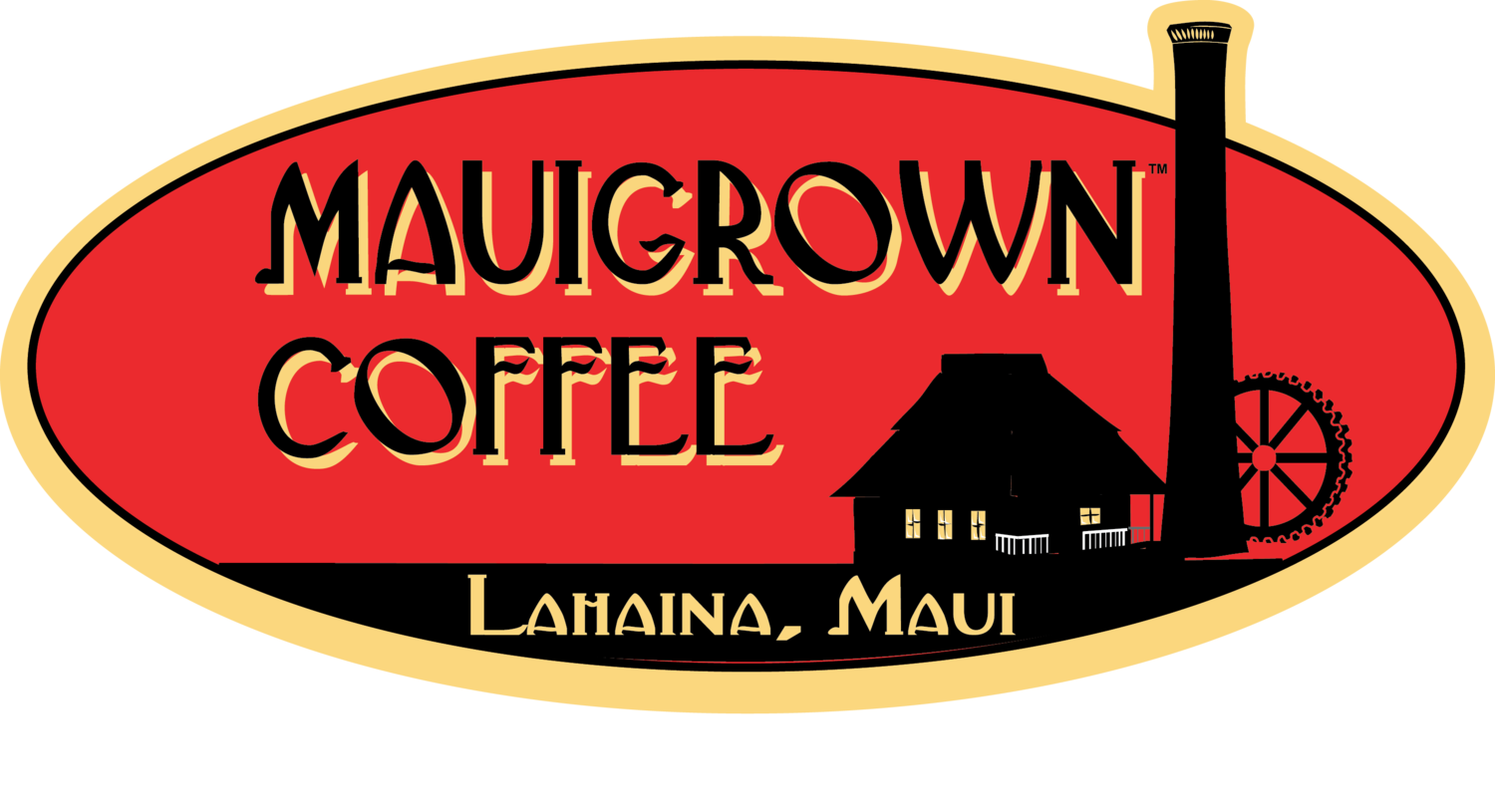Origin & Migration of Coffee
The journey of coffee plants has given coffee a heritage rich with stories of trade, theft, love and betrayal. Stories of the survival and death of entire crops as well as of single plants are legendary.
Indigenous to Ethiopia, coffee was discovered when “a certain Keeper of Camels or Goats in Arabia Felix, complained to the Religious of a Monastery in those Parts, that his Herds, twice or thrice a Week, not only kept awake all Night long, but spent it in frisking and dancing in an unusual manner.” (Coffee, Wrigley)
After its discovery Monks used coffee for lengthy prayer practices in a ‘pemmicanlike’ food.
Coffee made its way across the Red Sea (50 miles) to Yemen, where it was first cultivated. The Arabik word for coffee, cahouah / cahveh, also means wine. For about two hundred years, Yemen Arabs coveted the plants and refined the process of cultivation. They taught travelers and traders from around the world to make a beverage of it. Unlike other regions, where pulp is used as mulch, in Yemen pulp is used to make the drink “qishar.” By the 1690’s, beans from Yemen had made their way around the world. The city of Al Mokha became a major coffee port, which is where today’s term “Mocha” comes from.
Despite existing Arab control over coffee plants, seeds were eventually smuggled from Mecca to India. In 1696, the Dutch, who were already in control of many Spice Islands, secretly trafficked seedlings out of Yemen and into their colonies in Java, Indonesia.
Coffee flourished in Indonesia and by 1852 the Dutch East Indies produced a quarter of the world’s coffee, with most of the rest still produced in Yemen. Once in Europe, the Javanese beans and the Yemen beans were often blended together. Thus, the first blended coffee “Mocha Java.”
In 1723, Lt. Gabriel Mathieu Desclieux, a French army officer carried a single plant to the New World. It barely survived an especially harsh journey and was planted in his Martinique plantation. His single tree produced the seeds and cuttings for many of the coffee plantations of the Caribbean, Central and South America and eventually, Hawai‘i.
Costa Rica was the first Central American country to grow coffee on a large scale. Coffee is said to have arrived from Cuba with the Spanish settlers in the late 1700s, possibly, by the Spanish voyager Don Francisco Xavier Navarro. Yet, some credit is given to Padre Carazo, a Catholic priest and contemporary of Don Navarro’s. Within 10 years, coffee became big business in Costa Rica.
Romance and betrayal color the story of coffee’s arrival in Brazil. Legend says that it was brought there from French Guiana by Captain-Lieutenant Francisco de Mello Palheta, who sought the beans but was rejected by the French Guianan governor. After his refusal, Francisco became sweet with the governor's wife and she secretly gave him the beans. Brazil’s favorable climate encouraged mass planting and quickly created harvests greater than anywhere else in the world. In 1998, Brazil produced a third of the world’s coffee.
In Guatemala indigenous people called “Indigenas” were forced into servitude after being conquered by the Spanish. Exporting of dyes from Guatemala was the first major cash business of the Spanish, but eventually the dye trade went into decline and was replaced by coffee.
1300 years after coffee had first left Africa from its birthplace in Ethiopia it returned to Kenya. When the Uganda Railway was completed in 1901 the British encouraged white settlers to establish farms along the newly accessible land. They began farming around Nairobi. Mombasa has become a major port city for the coffee trade.









